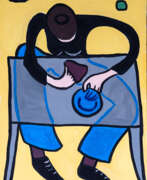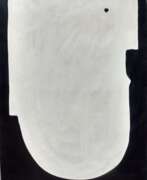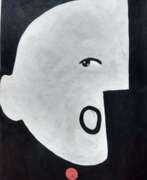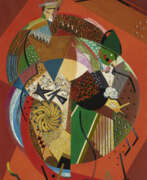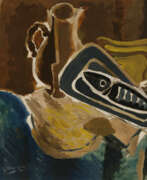Cubism

Cubism
Cubism emerged as an avant-garde movement in early 20th-century Paris, fundamentally transforming European painting and sculpture. Created by Spanish artist Pablo Picasso and French artist Georges Braque, Cubism is famed for its radical approach to visual reality, characterized by an emphasis on flat, two-dimensional surfaces, and fragmented subject matter.
This revolutionary movement rejected conventional techniques of perspective and modeling, opting instead for geometric forms and multiple viewpoints within a single artwork. It offered a new way of seeing that deconstructed objects into abstracted forms, allowing them to be viewed from various angles simultaneously. Cubism's influence extended beyond painting, inspiring developments in music, literature, and architecture, indicating its profound impact on the broader cultural landscape.
Works of Cubism, including Picasso's “Girl with a Mandolin” (1910), not only challenged the Renaissance depictions of space and time but also paved the way for the evolution of modern art. These pieces can be found in museums like The Metropolitan Museum of Art, inviting collectors and art enthusiasts to witness the movement's enduring legacy.
Art collectors, auctioneers, and experts in art and antiques recognize Cubism for its significant impact on modern art. Its influence is observed in numerous subsequent art movements and continues to inspire contemporary artists today. For those intrigued by the groundbreaking nature of Cubism and its place in art history, staying informed about new discoveries, sales, and auction events related to this influential movement is essential. Signing up for updates can offer exclusive insights and opportunities to acquire distinctive pieces that embody the Cubist ethos.
| Country: | France, Spain, Western Europe |
|---|---|
| Start of the period: | 1911 |





